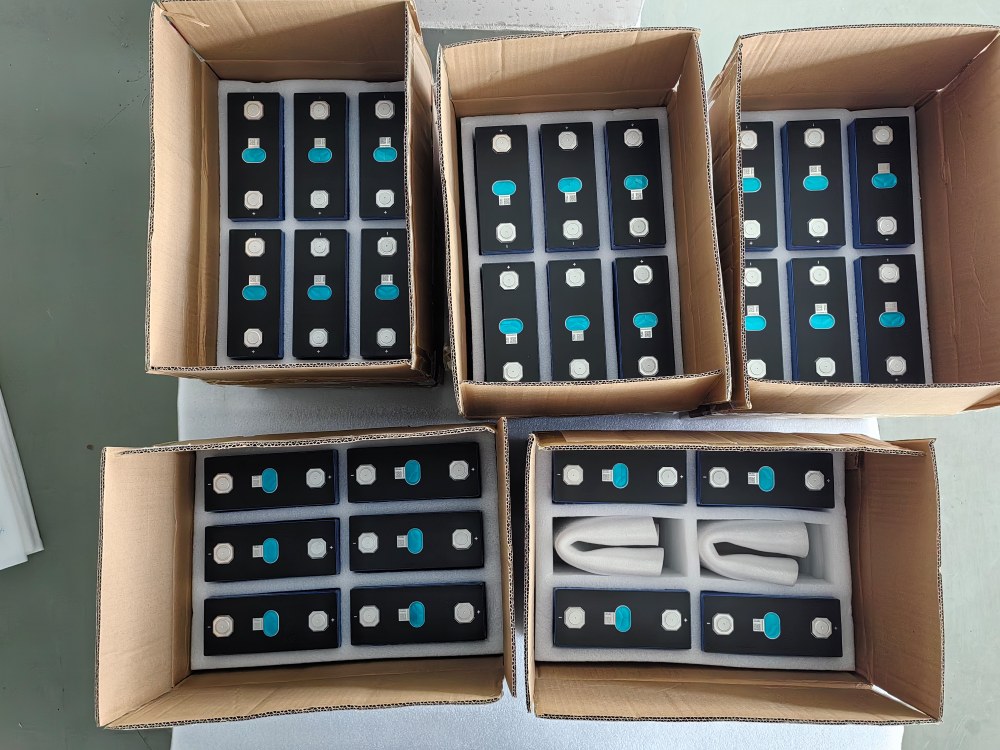
Proper storage is crucial for maintaining the performance, longevity, and safety of your LiFePO4 (lithium iron phosphate) batteries. Whether you use them for solar power, RVs, or off-grid adventures, understanding how to care for these batteries during inactivity makes a significant difference. This guide covers everything you need—from short-term tips to long-term best practices.
Even when idle, chemical processes occur within LiFePO4 batteries. While inherently safer and more stable than other lithium-ion or lead-acid batteries, they represent a substantial investment worth protecting. Correct storage prevents degradation, preserves performance, and extends lifespan.
Though LiFePO4 batteries are non-toxic, thermally stable, and combustion-resistant, improper storage—like leaving them fully discharged or in extreme temperatures—can cause irreversible damage.
Most LiFePO4 batteries include a Battery Management System (BMS) to guard against overcharge, over-discharge, and short circuits. However, this protection only functions when the battery retains a charge of 40–50%. A fully discharged battery remains vulnerable to degradation, even with a BMS.
1. Disconnect Completely:
Simply turning off your RV, boat, or solar system may not stop all power drain (e.g., from sensors). Always disconnect both the positive and negative terminals to ensure a full shutdown.
Key Tip: Avoid trickle chargers. LiFePO4 batteries have an extremely low self-discharge rate (1–3% per month) and don’t need them during storage.
2. Protect from Heat & Conductive Objects:
Exposure to high temperatures or direct sunlight can cause swelling, overheating, or fires. Use a battery box to shield from environmental hazards, and keep away from metal tools/clips that could short-circuit terminals.
3. Inspect After Storage:
Before reuse, especially after long periods, check for:
Swelling or bulging
Fluid leaks
Unusual odors
Casing deformities
If any of these are present, do not use the battery. Consult a technician or the manufacturer.
Storage Duration | Recommended Temperature Range |
Under 30 days | -20°C to 60°C (-4°F to 140°F) |
30 to 90 days | -10°C to 35°C (14°F to 95°F) |
Over 90 days | 15°C to 35°C (59°F to 95°F) (Ideal) |
Short-Term Storage (Under 3 Months)
Store in a dry, cool place away from moisture and corrosive gases.
Charge to 50% capacity using a LiFePO4-compatible charger before storing.
Avoid proximity to strong magnetic fields (can interfere with BMS).
Long-Term Storage (3+ Months)
Charge to 40–50% before disconnecting.
Perform a full charge/discharge cycle every 3 months to balance cells.
Store in a temperature-controlled environment (10°C to 35°C / 50°F to 95°F preferred).
Note: While cold storage slows chemical reactions (beneficial for longevity), avoid freezing temperatures that could crack plastic components. Monitor voltage every few months to ensure it stays within safe limits.
Winter:
Cold temperatures slow chemical activity, prolonging life. However, extended freezing can damage plastic parts. Store indoors if possible.
Summer:
Heat is lithium batteries' primary enemy. Never store in:
Direct sunlight
Hot garages/sheds
Poorly ventilated spaces
Overheating risks thermal runaway—a dangerous, irreversible failure.
Proper LiFePO4 battery storage isn't optional—it's essential. Following these steps ensures your batteries remain safe, efficient, and ready for use, whether stored for weeks or months.
BESS specializes in high-performance LiFePO4 batteries backed by a 5-year warranty. Contact us for support or questions.
1. Should I disconnect LiFePO4 batteries when not in use?
Yes. Merely switching off the system isn’t enough. Disconnect terminal cables to prevent parasitic drain and ensure no components bypass breakers.
2. Do I need to fully charge before storage?
No. Storing at 100% harms long-term health. Charge to 50% for optimal results.
3. How long can LiFePO4 batteries be stored?
Under ideal conditions, up to 12 months safely. For longer periods, monitor voltage and perform maintenance cycles every few months.
Next:Farasis Energy: Pioneering Pouch Solid State Batteries, Powering the Future of Smart Mobility
Previous:Svolt Energy Launches "4+1" Product Brands, Driving Future Growth with Differentiated Strategy